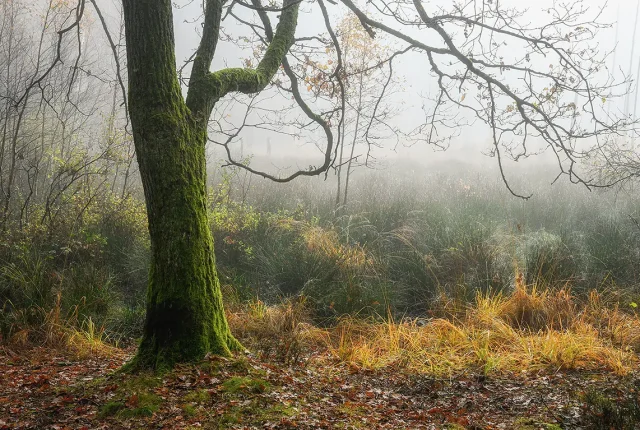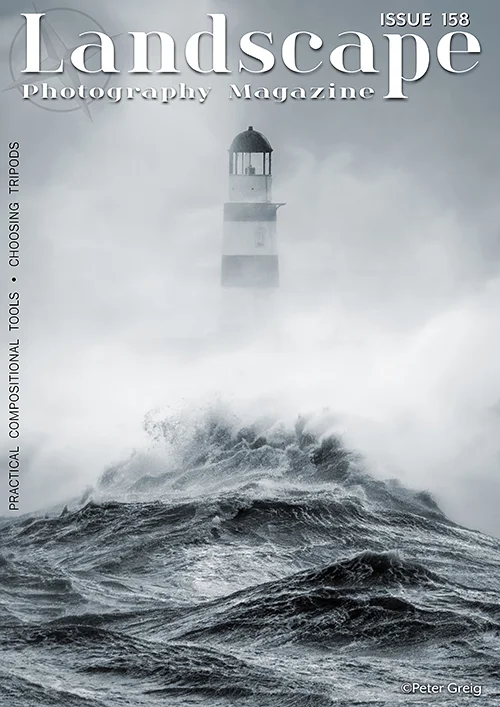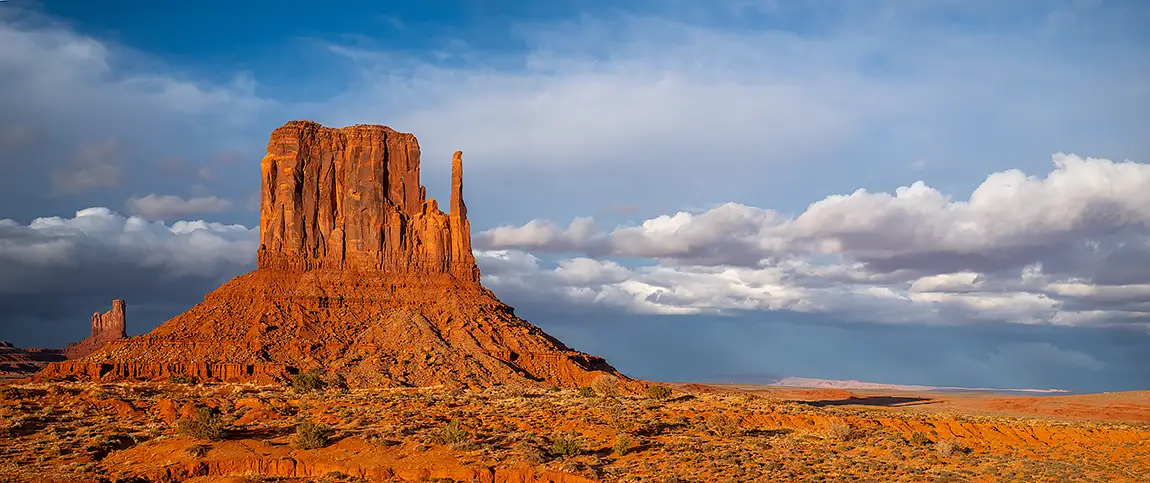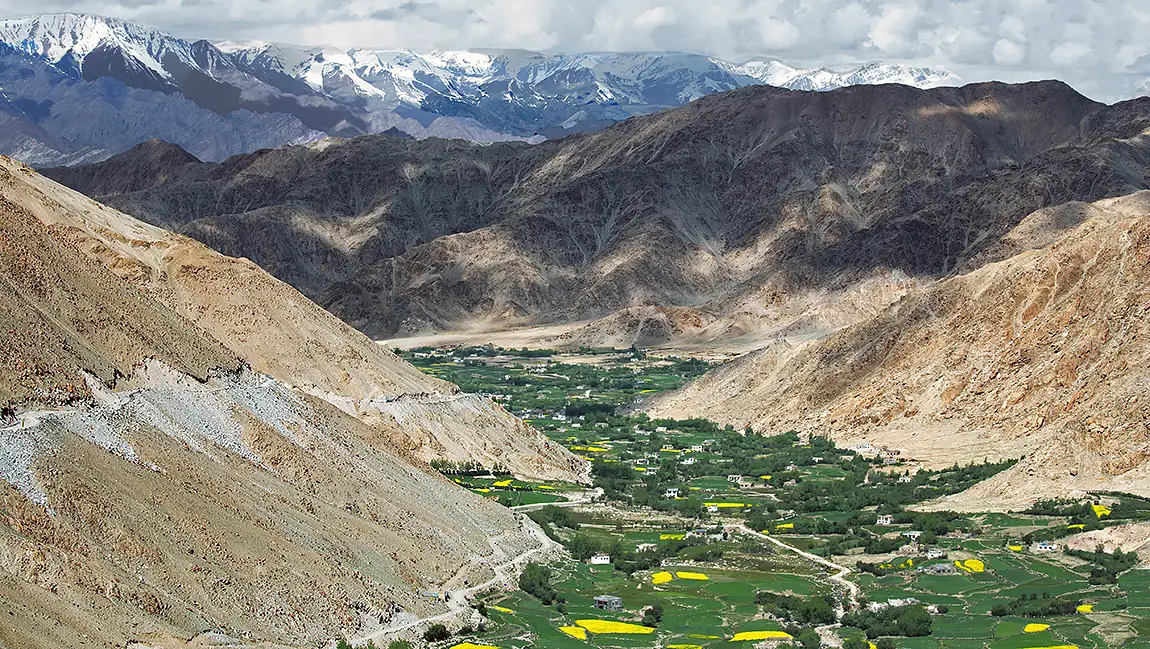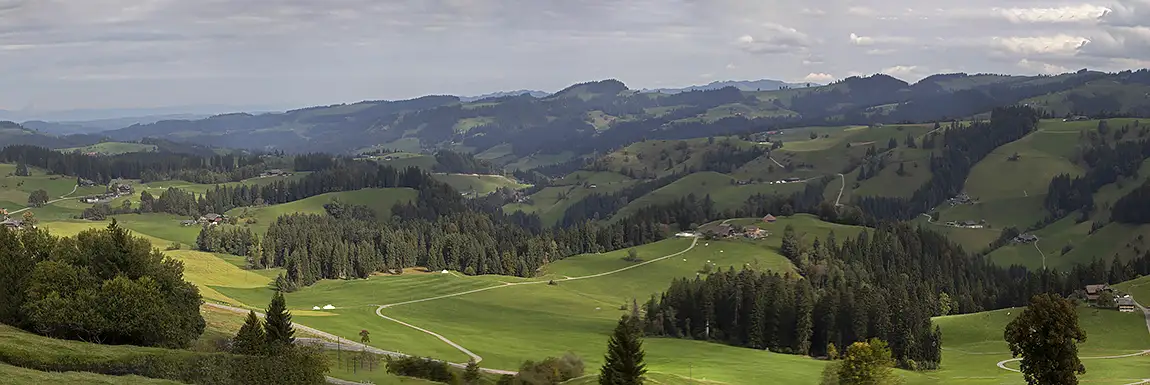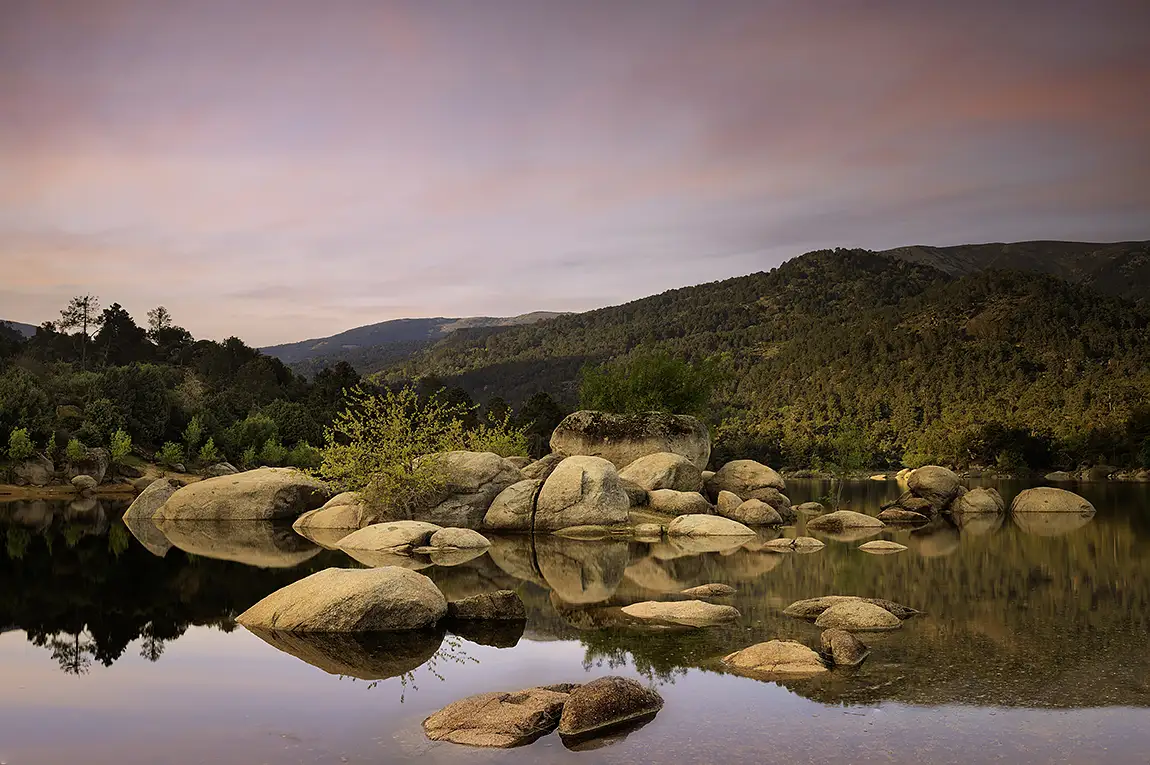Photographing in the fog of the autumnal forest is an experience that combines the sensitivity of an artist and the technical precision of a photographer. Fog is like a natural filter – it diffuses light, softens contrasts, removes unnecessary background details and allows you to bring out what is most important in the frame. In such conditions, the forest, usually full of colours, textures and trifles, becomes a stage with a simpler, more poetic structure. It is thanks to the fog that we can effectively select a motif and bring out its beauty – a single tree, a moss-covered trunk, golden grasses on the damp ground or delicate branches penetrating into the milky space.
For a nature photographer, an autumn forest in the fog is a real wet dream. A scene full of silence, soft light and subtle tonal transitions. However, to fully take advantage of these extraordinary conditions, it is necessary to choose the right technical parameters. Fog absorbs light, so it’s essential to work with a slightly higher ISO (usually in the range of 400-800) to keep the exposure time shorter and avoid shaking, especially in gentle gusts of wind. At the same time, you need to control the noise level – so it’s a good idea to shoot in RAW format, which allows you to fine-tune exposure and white balance later. Of course, stabilising the camera on a solid, heavy tripod can help, especially when the light is low and we want to operate with low ISOs and longer exposure times to maintain the highest image quality.
When choosing an aperture, values in the range of f/5.6–f/11 work best, depending on the intended effect. A narrower aperture (e.g. f/8–f/11) will allow you to maintain depth of field and subtle background fog transitions, while a wider aperture (e.g. f/4–f/5.6) will allow you to isolate the main subject more and further emphasise its clarity against a soft, diffuse background. It is worth setting the light metering point on the key element of the frame to avoid underexposure from bright, milky fog.
White balance is also extremely important. Fog often gives a scene a cool, bluish hue – it can be kept to enhance the mood or warmed up the tonality to bring out the golden hues of autumn leaves. In the field, it is good to work in manual or semi-automatic mode (e.g. aperture priority), which gives you more control over the final result.
Photography in the fog is the art of observation and patience. In such conditions, time seems to slow down, sounds fall silent, and space takes on a mysterious depth. From seemingly simple elements, a poetic picture is born, in which every detail matters. The autumn forest, shrouded in fog, becomes a place of contemplation and creative discovery – a real feast for the eye and soul of the photographer, who can see the enduring beauty in this ephemeral scenery.



